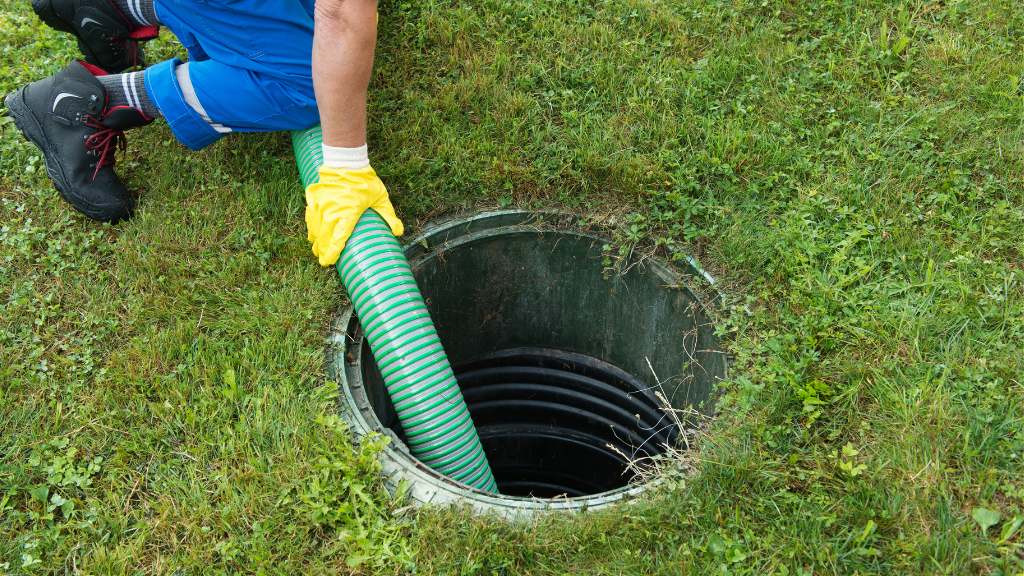
If you’re new to owning a septic system, you may be wondering how often you need to
pump your septic tank. Over time, solid waste accumulates in the tank, leading to clogs, backups, and even septic system failure. Septic tank pumping is essential for avoiding costly repairs or replacement, as well as potential health hazards.
Septic Tank Pumping Frequency
The frequency of septic tank pumping depends on several factors, including the size of the tank, the number of people living in the house, and the amount of wastewater generated. As a general rule, experts recommend pumping your septic tank every three to five years. However, this timeline can vary depending on your specific circumstances.
Factors to Consider
The size of your septic tank is a major factor in determining how often you need to pump it. If you have a larger tank, it’s possible to go longer between pumpings. The number of people living in your home is also a significant factor.
The more people in your household, the more wastewater generated, and the more frequently you will need to pump your tank. Additionally, if you use your septic system for commercial purposes, you may need to pump your tank more frequently.
Signs That Your Septic Tank Needs Pumping
Regular septic tank pumping is crucial for keeping your system running smoothly, but how do you know when it's time to call in the professionals? Watch out for these
signs that your septic tank needs pumping so you can stay on top of this essential maintenance task.
1. Slow Drains
If you notice that your sinks, showers, and toilets are draining slower than usual, it could be a sign that your septic tank needs pumping. This is because when the tank is full, the wastewater has nowhere to go and can cause blockages in your pipes.
2. Foul Odors
One of the most obvious signs that your septic tank needs pumping is a foul odor coming from your drains or yard. This is caused by the buildup of gases in the tank, which can escape through cracks or leaks.
3. Standing Water
If you notice standing water in your yard or around your septic tank, it could be a sign that your tank is full and needs pumping. It could also be a sign of a leak or other septic system issue, so it's important to have it checked by a professional.
4. Sewage Backup
A clear sign that your septic tank needs pumping is sewage backup. This can pose a health hazard and should be addressed immediately.
5. Lush Spongy Grass
While it may seem counterintuitive, if you notice that the grass around your septic tank is particularly lush and green, it could be a sign that your tank is full and leaking into the soil. This can also indicate other septic system issues, so it's important to have it checked out.
When in Doubt, Ask the Experts
Regular pump outs are an essential part of septic maintenance, but how often you should get your tank serviced will depend on different factors like tank size and the number of household occupants. Be sure to consult with
licensed septic professionals to determine the appropriate pumping frequency and ensure proper care of your system. For a septic maintenance checklist,
click here.